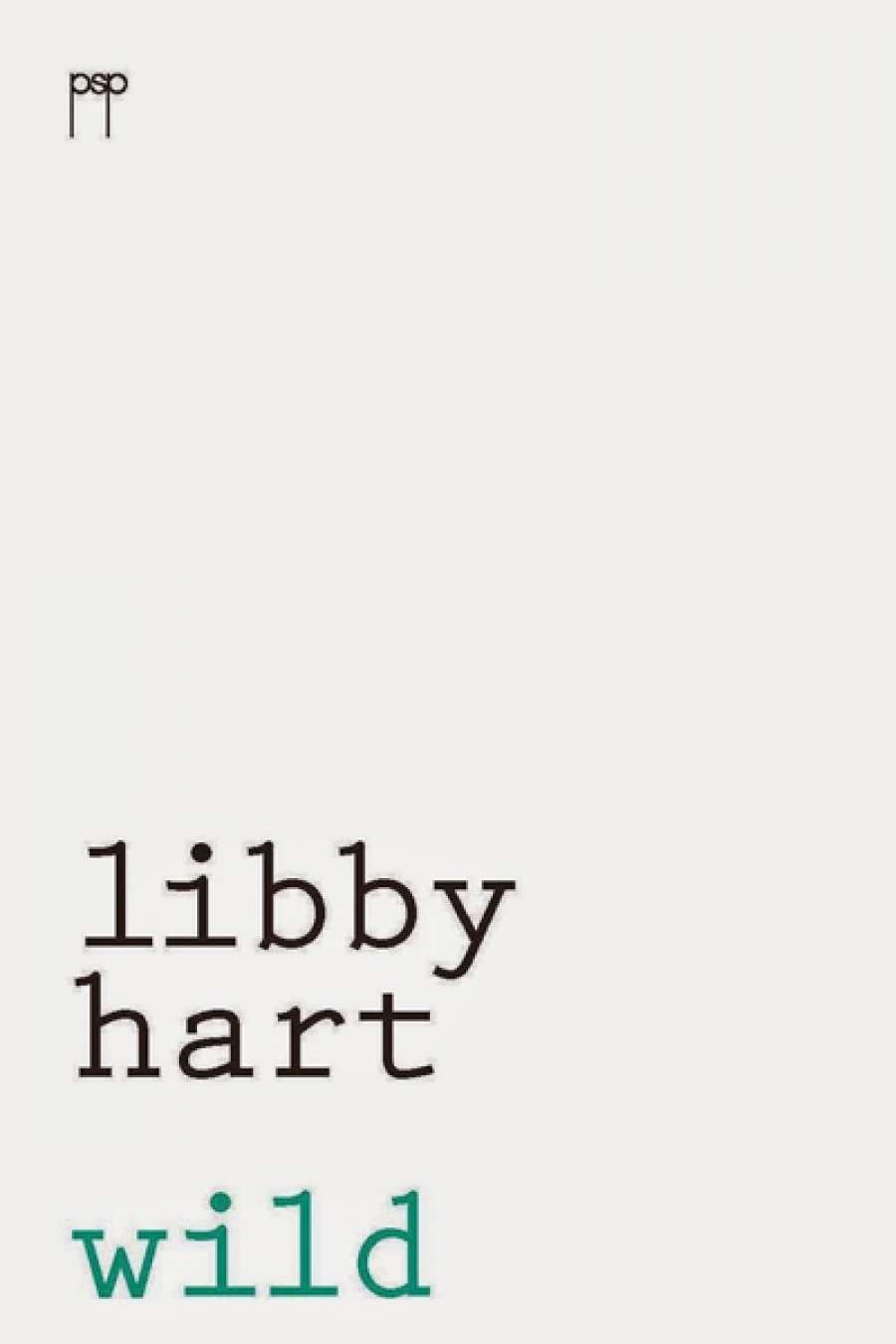
- Free Article: No
- Contents Category: Poetry
- Custom Article Title: Peter Kenneally reviews 'Wild' by Libby Hart
- Review Article: Yes
- Online Only: No
- Custom Highlight Text:
Libby Hart’s new collection is ornate and knotty in a way that the reader would never divine from its cover, which is clear and white, with ‘wild’ in plain green typescript. It is essentially a bestiary, with birds of all kinds, as well as other creatures, including humans, in wild places, blown by winds and salt spray, or bringing wildness to ‘settled’ human habitations. There is a kind of emulsion of the direct and the opaque in her style that makes the mythic, fabulous elements appear to flow out of nature, directly, but in fact it is more as if we were in a wunderkammer of natural history, where the labels on the exhibits go beyond the call of duty and try to tell us everything about everything.
- Book 1 Title: Wild
- Book 1 Biblio: Pitt Street Poetry $25 pb, 65 pp
The first section, ‘Huginn and Muginn’, with its Latin tags for each poem, bolsters this feeling, Huginn and Muginn being a pair of ravens (Thought and Memory) who travel the world collecting impressions for the Norse head deity, Odin. It is all arranged and constructed quite deliberately, and anything but wild, with often noticeably theatrical effects, but there are some achingly still and precise poems. In ‘Transmigration’, the poet builds a cairn for a dead cormorant, and ‘the world grows quiet as a cloister / when the lake whispers his name / the sky grieves for his feathers’.
The second half of the book, ‘Murmurations’, lifts away from this at times oppressive ‘Nordic twilight’ and, like the starlings that it celebrates, twists and turns, both ordinary and miraculous. Beginning with ‘Smack’, which weaves seamlessly around the world watching nature dismiss us and our stories, the book alights and settles, at the end, on a field of elegy and acceptance. The visual promise of the cover is kept after all.


Comments powered by CComment